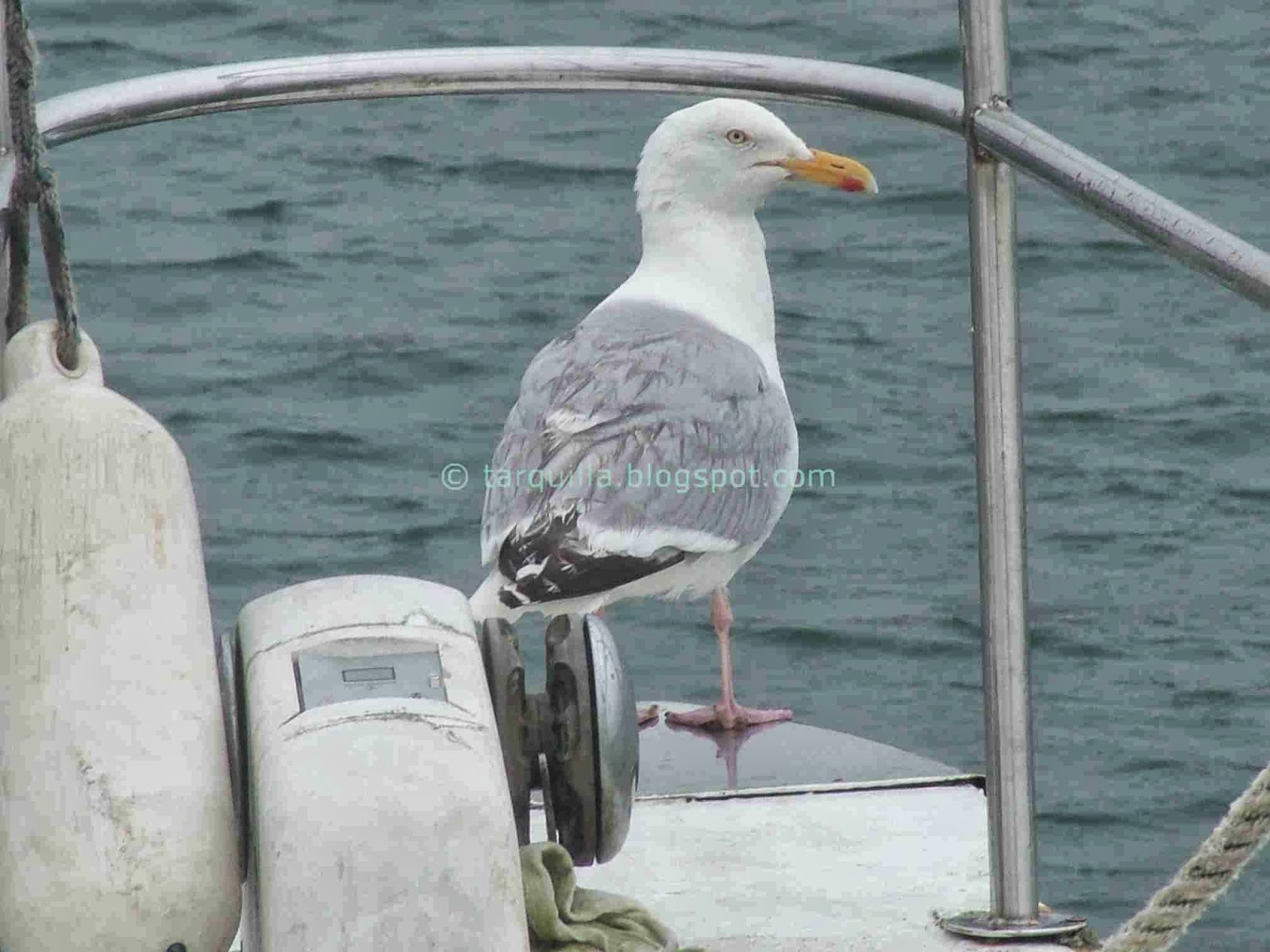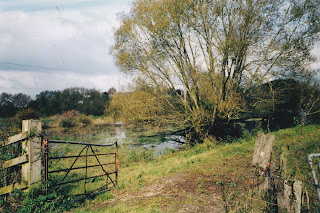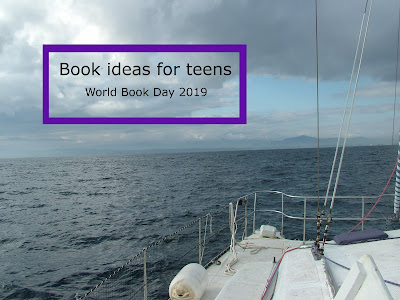One of the most heavily thumbed books on the boat is the ‘Kingfisher
concise field guide to plants and animals’ which is now held together by duck
tape and wishful thinking. We have met a number of unusual and interesting
animals in our travels and manage to get very close to some.
Mullets - or harbour fish as many people know them - have
followed us everywhere getting bigger as we headed South. They enjoy eating
growth off the side of boats and old bread and are very easy to attract they
are though difficult to catch because of their soft mouths and apparently not
worth it because of their taste! We’ve seen seals bobbing around in rivers, oyster
catchers and stone turners on beaches. Kingfishers have brightened the pontoons
on several occasions flashing in the light as they zoom away, bats often flit
around in the evenings and plovers working hard on the beaches or pontoons,
cute little birds that always look busy.
 |
| Mullets during the 'spring run' |
Some animals have surprised us with their behaviour, limpets
munching on a harbour wall leave big tracks in the algae and in Spain
during the winter large flocks of Robins were a common sight. In some cases
such as the dolphins (you may have noticed us mentioning dolphins once or
twice) it was almost like they were watching us not the other way round, one time
after a pod had swum off, two adults each with a calf came up to us briefly
then swam off after the others. It was almost like two of the little ones had
said “Mum, I didn’t get to see the humans” and that they had been brought over
to have a good look at us.
 |
| Limpets on the harbour wall |
There have also been some odd things such as brain shaped
sea weed, whelk egg balls and goose barnacles.
Cuttlefish are a special favourite and watching cormorants
diving down into clear water so you can see them going down into the depths and
the stream of bubbles coming up. We have seen many kinds of jellyfish and are
still amazed at how tough these fragile looking creatures are, crabs are
fascinating to watch and urchins are
really
spiny. We’ve seen pine cones the size of the deckhands heads, flowers in
dazzlingly deep shades of red, blue and purple, dune plants such as sea holly and
really evocative flowers such as the hollyhock which have brightened our
travels with their colours. Then there were the snakes, butterflies and many
sorts of insects.
 |
bottle brush plant in the Basque country
|
Starfish still attract gasps when we see them, at Cameret we
hung over the dingy to spot them, we’ve seen sunfish, some beautiful hoopoe’s
and a skua. There have also been fire salamanders and lizards, fulmars (which
look like seagulls that have flown into a brick wall), praying mantises with
their strange gait and gannets which sweep down and glide over the waves on
their enormous wings. Then there are things like Common ormer shells with their
beautiful silver inside and lots of other shell fish including scallops, dog
cockles with their pink tongues, shear waters, cardinal beetles, a coypu,
peacocks tails (a type of aquatic worm), black redstarts and the great northern
diver (as in Arthur Ransoms book).
 |
| Fire salamander basking on a wall |
Some things it has been harder to find out what they were. A
strange shaped jelly like but solid thing was seen on many pontoons and we were
not sure if it was plant or animal, unable to find it in a book or on the
internet we finally saw it in the aquarium at Brest and asked the staff who did
not know the English but was able to tell us the French and Latin (Ascidiacea) names for it and that it was
‘not quite a sponge’. Using this we were finally able to track it down and find
the common name for what turned out to be the sea squirt. In other cases it has
been others (thanks Dad!) who have managed to identify things for us like the
violet oil beetle.
 |
| Sea squirt on a piling at low tide |
We have kept a note book of animals and birds we have seen
and a few of the more dominant/regional/obvious plants and have many photos,
drawings and, most importantly, fantastic memories of watching them going about
their everyday lives.
 |
| A visitor on Tarquilla's deck |
You can also follow Tarquilla on facebook










Comments
Post a Comment